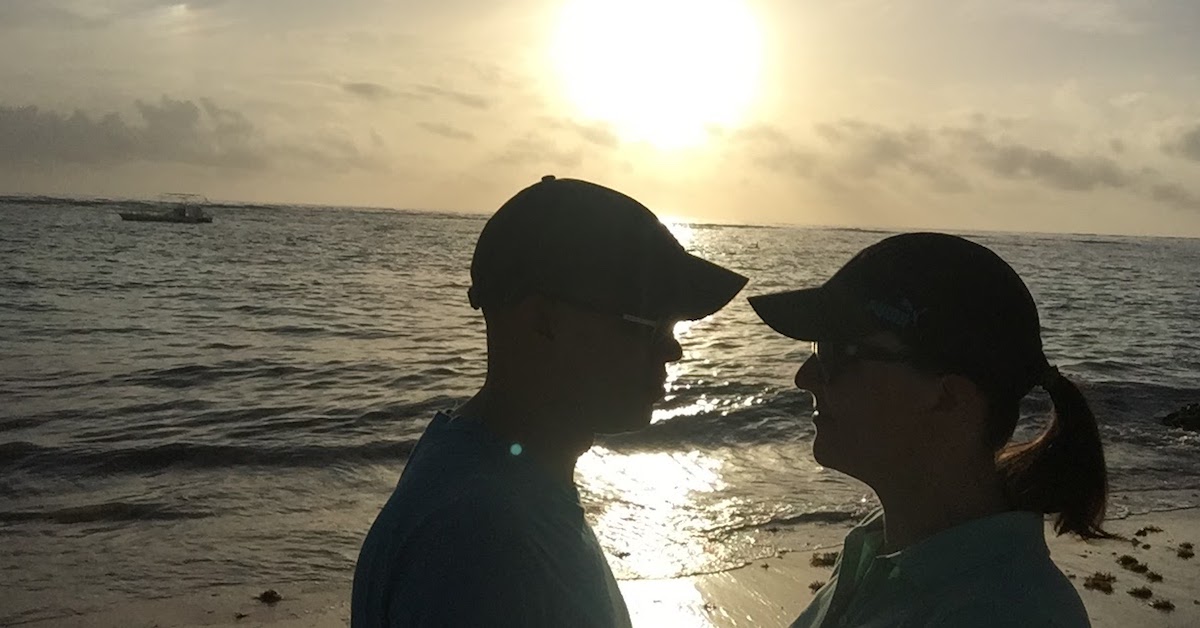Have you ever dreamed of having complete control over your time? Of working only if you want to, and only on what truly matters to you? This isn’t just a pipe dream—it’s the reality of financial independence and early retirement (FIRE). And the best part? You don’t have to wait until you’re 65 to start living a fulfilling life based on true happiness.
Our FIRE Journey
For us, financial independence meant having total control over our time. This goal motivated us to save and invest aggressively until we reached our target. Now, as early retirees, our “work” days consist of just a few hours per week spent on things we enjoy or that are necessary for our survival—not purely for monetary gain.

The 4% Rule: Your Roadmap to Financial Independence
There’s a simple guideline you can use to map out your FIRE journey: the 4% rule. This rule helps you determine how much money you need to invest before you can call it quits on your corporate job.
Here’s how it works:
- Calculate your annual expenses
- Multiply that number by 25
- The result is the amount you need in income-producing assets to be financially independent
Why 25? Because this allows you to withdraw 4% of your portfolio annually while giving your investments a chance to last indefinitely, keeping up with inflation.

Real-Life Example: Our FIRE Calculation
Let’s use our 2014 spending as an example. Including gifts and donations, we spent about $47,000 that year. To determine how much we’d need to be financially independent the following year, we multiplied this by 25:
$47,000 x 25 = $1,175,000
This meant we needed a net worth of $1,175,000 in income-producing assets to achieve financial independence. While this figure might seem daunting, don’t be discouraged—the power of compounding can do much of the heavy lifting for you.
The Impact of Lifestyle on Your FIRE Number
Your spending habits play a crucial role in determining how much you’ll need for financial independence. If you can manage to keep your annual expenses down to $35,000, for example, you’d only need to amass $875,000 to be financially independent.
Remember, income after retirement is more valuable than income earned while working. There are no payroll taxes, and you’ll likely pay minimal income tax due to being in a lower tax bracket. Plus, being financially independent often means being location-independent—you could live very comfortably in many parts of the world for $1,000–1,500 per month.
Small Changes, Big Impact
Even small changes in your spending habits can have a significant impact on your FIRE journey. For example:
- We spent $878 on home supplies in 2014. To cover this expense indefinitely, we needed to invest $21,950 (878 x 25).
- I used to spend $20 per month on books, requiring $6,000 invested to maintain this expense. By switching to the library’s e-book system, I brought this down to $0.
- A standard Netflix plan at $12.99 per month requires $3,897 invested, while a $100 monthly cable bill would need $30,000 invested.
These examples show how cutting unnecessary expenses can dramatically reduce the amount you need to save for financial independence.

The Power of Tracking
By using the 4% rule to track our progress towards financial independence, we gained a clear picture of how many “expense buckets” we needed to fill. This awareness helped us drastically cut our working years—we achieved financial independence in less than ten years, compared to what could have taken a lifetime.
Your Life, Your Choice
Remember, it’s your life. You get to dictate how you live it. Who says you have to work a job until you die? Life is too short to spend more than a third of it in a cubicle!
By cutting unnecessary spending and focusing on what truly matters, you can pave your way to financial independence and early retirement. It may mean going against societal norms, but the freedom to spend your time on meaningful activities without constraints is well worth it.
Take Action Today
Are you ready to start your FIRE journey? Begin by calculating your annual expenses and determining your FIRE number. Then, look for areas where you can cut spending without sacrificing quality of life. Every dollar saved is a step closer to financial independence.
The journey to FIRE is a marathon, not a sprint. Stay focused on your goals, celebrate small victories, and keep pushing forward. Your future self will thank you for the freedom and flexibility you’re working towards today.






I know I am commenting on an old post of yours, but do you believe in the 4% rule for long (>40 years) retirement horizons? I did a post on that titled Hacking the retirement calculators to arrive at a very conservative withdrawal rate of 3.27%. Not saying everyone needs to be as conservative, but I am wondering if you feel something like 3.5% is what you would now suggest compared to 4%, given the massive bull run we’ve had recently.
Hi TFR, you make a good point. I think that the 4% rule is a great starting point and individuals can tweak it as they go. In today’s environment, in which Jack Bogle rationalizes a 4% return on equities for the next decade, I would be more on the conservative side and go with a flexible 3-4% withdrawal rate. 3.5% is a nice middle-of-the-road compromise and it doesn’t take that many more years of work to achieve it.
I think the key to ensure that your money last is to be flexible and either spend less or make some income on the side when the markets are down.
Thanks for your comment!
Best article I have read here. My focus in business and life has always been producing as much as possible, some times without a clear purpose on what I’m going to do with what I have produced. Thank you for this article, anyone with 2 cents of brain can see the power in the formula. Keep it coming, I’m hooked!
Thanks, that’s great to hear. With a clear purpose on what you’ll do with your money you’ll certainly put your energy to even better use. Awesome, keep reading and we’ll keep writing!
Great analogies. Just save $1 a day, for a million days, and you are all set. It takes time, but the money does grow by it self eventually. And when you have a sum in the bank, it’s nice to watch it grow. Saving gets addicting.
Thanks. Yes, it’s amazing how it grows by itself. What a difference it would make if people would put savings first and spending later and let compounding do the rest!
Definitely a penny every day 🙂 — “Then you can wipe without worries”!!!! too good. Love this blog!
Become FI and then you can wipe without worries! We might be onto something here! It’s so exciting to read comments like this one. Thanks!